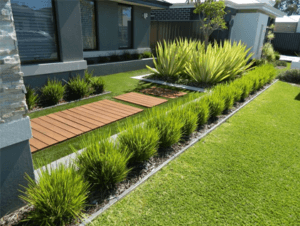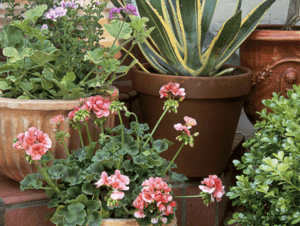Anybody who has seen an episode of Grand Designs this past decade will undoubtedly have seen a green roof in action. Often called a living roof, the concept of covering rooftops of buildings in living organism has been a popular eco-solution for a number of years. Whether it’s because of limited space, because of aesthetics or because of a structural/ecological benefit; thousands of people all around the world are joining the revolution of the green roof. So what’s it all about?
What are the benefits of a green roof?
There are a number of obvious benefits to a green roof, and a few that are not so immediately clear. One of the primary benefits, given the world we currently live in, is the ecological. Soil and living greenery is extremely energy efficient in terms of insulation, with many enthusiasts claiming results that challenge industrial insulation materials – but with a fraction of the environmental impact. Another is the management of water, particularly for areas that receive a lot of rainfall. The ability of a green roof to self-manage its saturation is appealing to many homeowners, with absorption and run-off providing a number of additional bonuses like water collection and zero-maintenance greenery.
Much like the insulation of temperature, a green roof is also extremely well equipped to provide sound insulation. The density of soil and roots provides a considerable barrier for sound, both from within the home and from without – making it an attractive feature for those living near roads or industrial areas. And for wildlife enthusiasts, all of the clear benefits above are compounded by the creation of new habitats and the attraction of animals and insects.
What actually *is* a green roof?
Now that the living roof has become relatively common, technology has caught up with interest and there are a number of solutions on the market. Whether you’re looking to purchase one of the many “pre-fit” green roof kits, or you’re interested in cultivating your own; there’s a general template that you’ll follow:
- A waterproof membrane will sit atop the roof of the building, providing protection from the moisture and pressure of a living bed. Rainfall, roots and wildlife will be kept away from the structure itself, and the ecosystem will be protected from beneath.
- A special assembly system will bridge the gap between the membrane and the earth itself, providing a stable and secure grounding for all types of plant and flower;
- All of which will grow in a relatively shallow (normally less than 6in) layer of lightweight soil.
It’s extremely important that you either conduct extensive research, or you enlist the help of an expert, when designing your green roof. There are lots of factors to consider, ranging from the climate and the fauna, to drainage capabilities and structural demands.
Choosing the right plants
Now this is, of course, subjective to both your personal preference and the environment of your home. But generally, you’re looking for harder species than might survive in your garden twenty feet below. Up here on the roof, it’s often going to be hotter, drier, windier and less sheltered. Don’t forget that the open exposure will also make it an unwilling target for foreign seeds, carried by the wind of birds and other wildlife.
Your green roof will have a shallower root space than you’re used to working with, so think about hardy sedums, succulents and small bulbs. Anything you choose will need to be low maintenance on your part, unless you’re getting the ladders out every weekend; and will need to retain water, bear direct sunlight and withstand gusts.
The Royal Horticultural Society is an excellent resource for those wanting to find out more about a green living roof.
Eden Restored is a team of passionate garden designers working throughout London, Kent and Surrey.
We deliver value-for-money on projects of any size, from inner-city courtyards to countryside cottages.
To discuss your ideas and how we can help throughout the entire process, get in touch.


